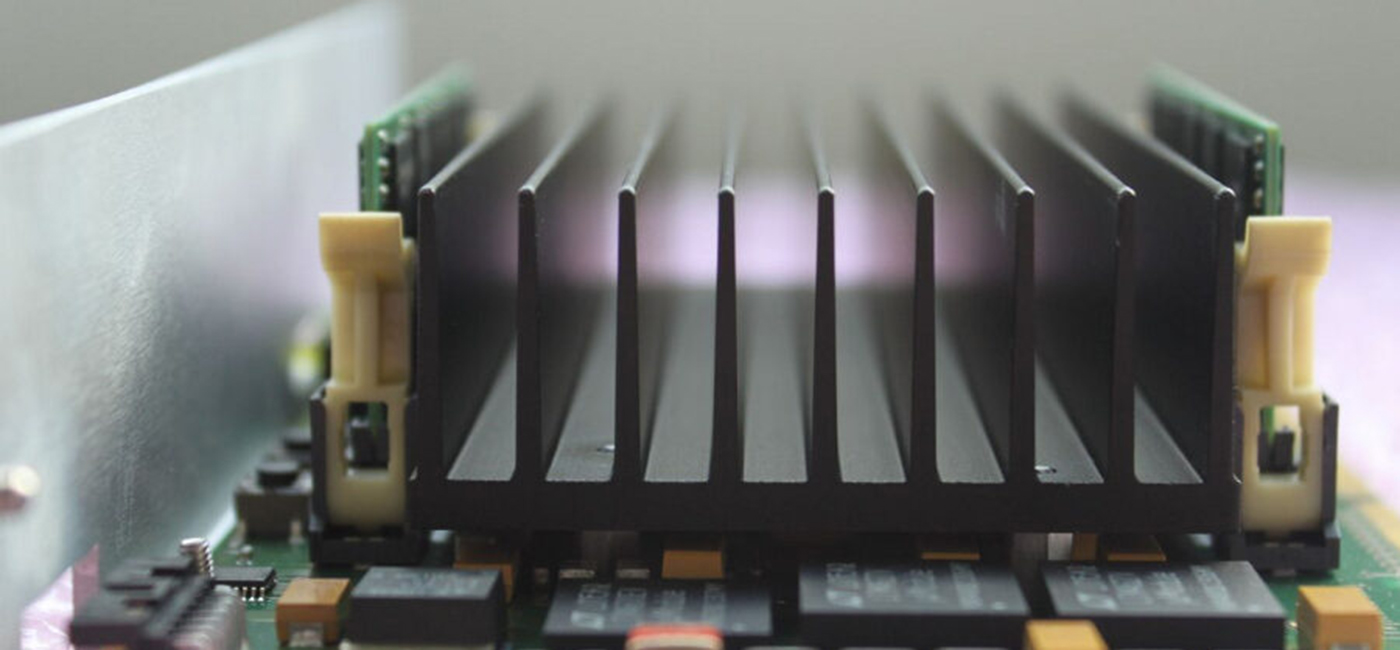
Seminar “Time and Length for spin glasses”
Date
Wednesday, 21th November of 2018
Time
4:00 pm
Place
University of Barcelona
Faculty of Physics Building
Room 3.20, 3rd floor
Speaker
Dr Victor Martin-Mayor, Complutense University of Madrid (Spain)
Abstract
The dynamics of glass formers (such as spin-glasses) is so slow that they never reach equilibrium in macroscopic samples: in analogy with living beings, glasses are said to age. Simulating aging is a big challenge. In fact, the custom-built computers Janus and Janus II aim to study the aging dynamics of spin glasses.
Here, we report a study of the linear responses of an aging Ising spin-glass to an external magnetic field, carried out by means of large-scale simulations on Janus and Janus II [1].
We show that linear responses relate experimentally relevant quantities with the experimentally unreachable low-temperature equilibrium phase. We have performed an accurate computation of the non-equilibrium fluctuation-dissipation ratio. This ratio (computed for finite times on very large, effectively infinite, systems) is compared with the equilibrium probability distribution of the spin overlap for finite sizes.
The resulting quantitative statics-dynamics dictionary, based on observables that can be measured with current experimental methods, could allow the experimental exploration of important features of the spin-glass phase without uncontrollable extrapolations to infinite times or system sizes.
As a first step [2], we consider the time growth of the size of the spin-glass domains, ξ. Excellent experimental measurements of this growth, as characterized by the so-called dynamic exponent, are now possible in films [3].
These improved experimental studies show that the dynamic exponent is significantly larger than anticipated by previous experiments and simulations. Our new computation of the dynamic exponent finds a mild dependence on ξ. A modest extrapolation to ξ similar to the thickness of the experimental films produces a dynamic exponent in fair agreement with [3].
[1] Janus coll., Proc. Natl. Acad. Sci. USA 114 (2017), 1838-1843
[2] Janus coll., Phys. Rev. Lett. 120, 267203 (2018).
[3] Q. Zhai, et al. Phys. Rev. B 95, 054304 (2017)


